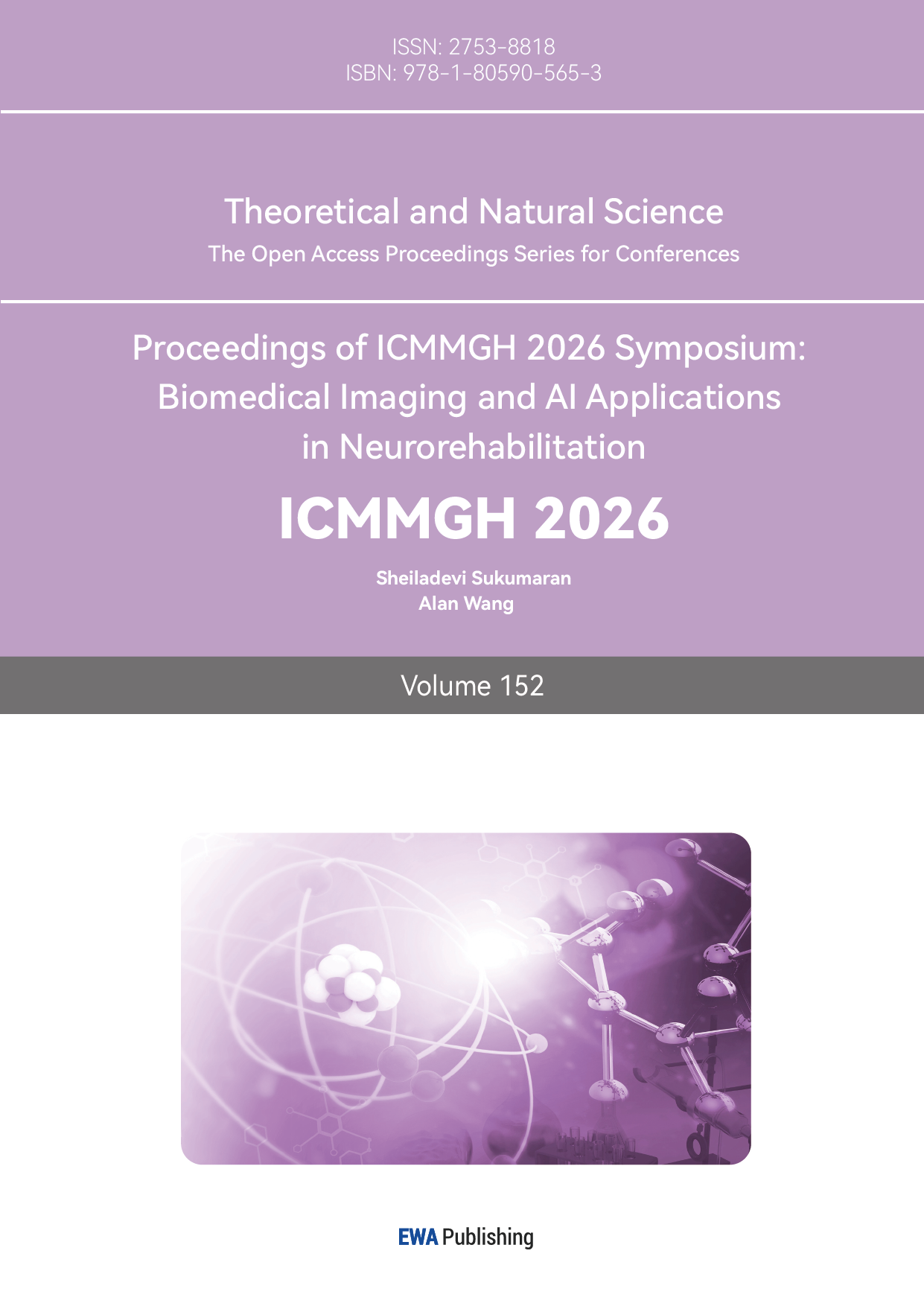References
[1]. Tuckerman, M. E., & Martyna, G. J. (2000). Understanding modern molecular dynamics: Techniques and applications. The Journal of Physical Chemistry B, 104(2), 159-178.
[2]. Hospital, A., Goñi, J. R., Orozco, M., & Gelpí, J. L. (2015). Molecular dynamics simulations: advances and applications. Advances and Applications in Bioinformatics and Chemistry, 37-47.
[3]. Shah, T., Polara, H., Babanyinah, G., Bhadran, A., Wang, H., Castillo, C. C., ... & Stefan, M. C. (2025). Computational design to experimental validation: molecular dynamics-assisted development of polycaprolactone micelles for drug delivery. Journal of Materials Chemistry B, 13(13), 4166-4178.
[4]. Zhao, H., Gataa, I. S., Alaridhee, Z. A. I., Salahshour, S., Sharma, P., Kubaev, A., & Hashemian, M. (2025). Investigating the effect of functionalized carbon nanotube with COOH group on the drug delivery process of doxorubicin in capillary networks around cancer tumors using molecular dynamics simulation. Journal of Molecular Structure, 1328, 141253.
[5]. Mashayekh, E., Ghiasi, Z. N. K., Bhia, I., Khorrami, Z. A., Malekahmadi, O., Bhia, M., ... & Ertas, Y. N. (2024). Metal–Organic Frameworks for Cisplatin Delivery to Cancer Cells: A Molecular Dynamics Simulation. ACS omega, 9(17), 19627-19636.
[6]. Gosecki, M., Urbaniak, M., Martinho, N., Gosecka, M., & Zloh, M. (2023). Evaluation of Encapsulation Potential of Selected Star-Hyperbranched Polyglycidol Architectures: Predictive Molecular Dynamics Simulations and Experimental Validation. Molecules, 28(21), 7308.
[7]. Raffaini, G., Pirozzi, P., Catauro, M., & D’Angelo, A. (2024). Hybrid Organic–Inorganic Biomaterials as Drug Delivery Systems: A Molecular Dynamics Study of Quercetin Adsorption on Amorphous Silica Surfaces. Coatings, 14(2), 234.
[8]. Sakai, S., Hirano, Y., Kobayashi, Y., & Arai, N. (2023). Effect of temperature on the structure and drug-release behaviour of inclusion complex of β-cyclodextrin with cyclophosphamide: a molecular dynamics study. Soft matter, 19(16), 2902-2907.
[9]. Raffaini, G., Elli, S., Catauro, M., & D’Angelo, A. (2024). Different drug mobilities in hydrophobic cavities of host–guest complexes between β-Cyclodextrin and 5-fluorouracil at different stoichiometries: A molecular dynamics study in water. International Journal of Molecular Sciences, 25(11), 5888.
[10]. Islam, Z., Kaysar, K. B., Hossain, S., Hossain, A., Saha, S. C., Naas, T. T., & Kim, K. Y. (2025). Nano-Biomechanical Analysis of a Corticosteroid Drug for Targeted Delivery into the Alveolar Air-Water Interface Using Molecular Dynamics Simulation. In Micro (Vol. 5, No. 4, p. 44). MDPI.
[11]. Jiang, Y., Wang, C., Zhang, M., Liu, L., Gao, X., Zhang, S., & Ye, D. (2023). Study of folate-based carbon nanotube drug delivery systems targeted to folate receptor α by molecular dynamic simulations. International Journal of Biological Macromolecules, 244, 125386.
[12]. Wang, S., Lan, J., Ren, Z., Lu, Y., Huang, J., Zang, Z., ... & Bai, H. (2025). Molecular Dynamics Simulations of Hybrid Cell Membrane‐Coated Porphyrin Nanoparticles for Enhanced Photochemotherapy of Breast Cancer. Advanced Functional Materials, 2425101.



